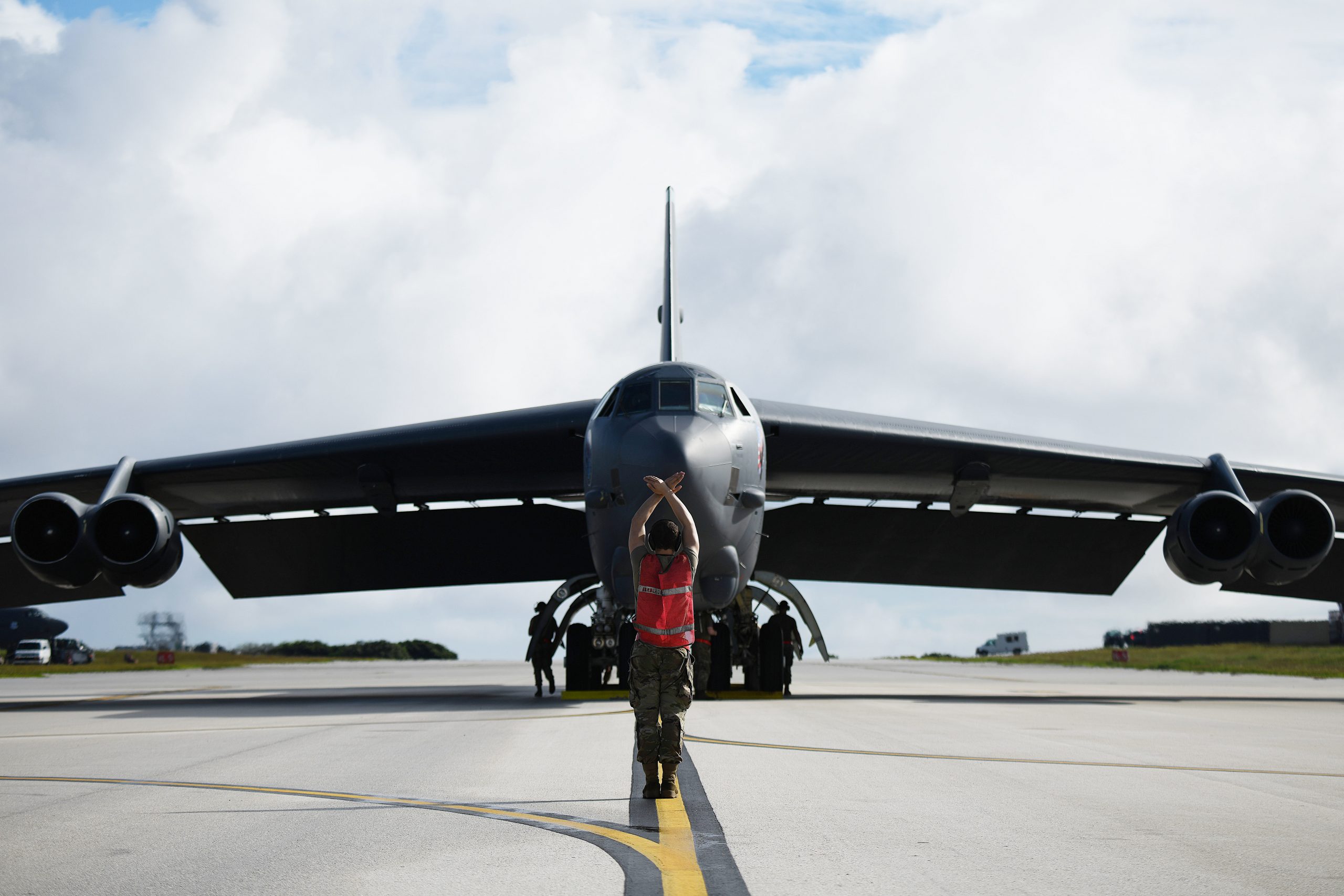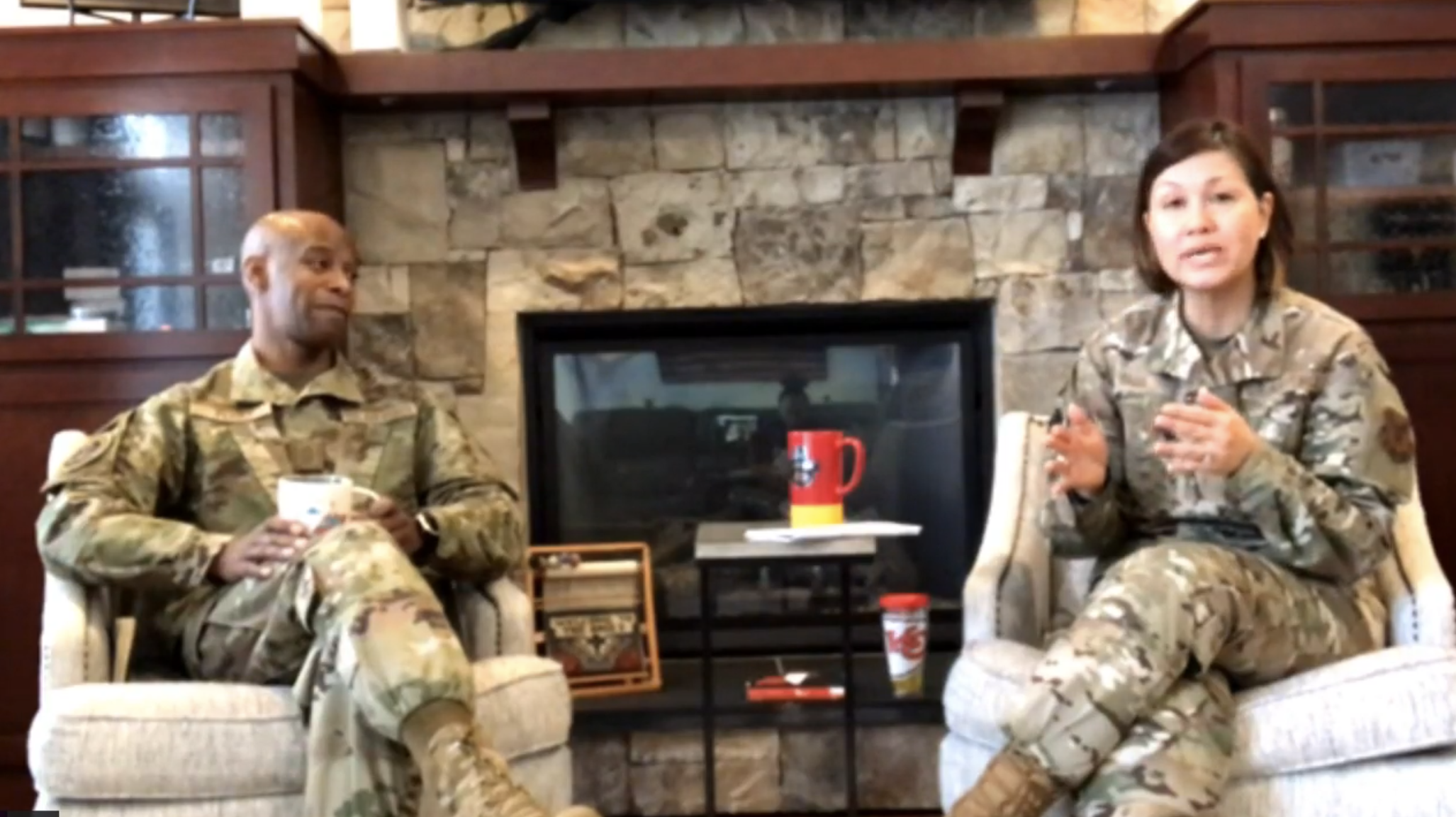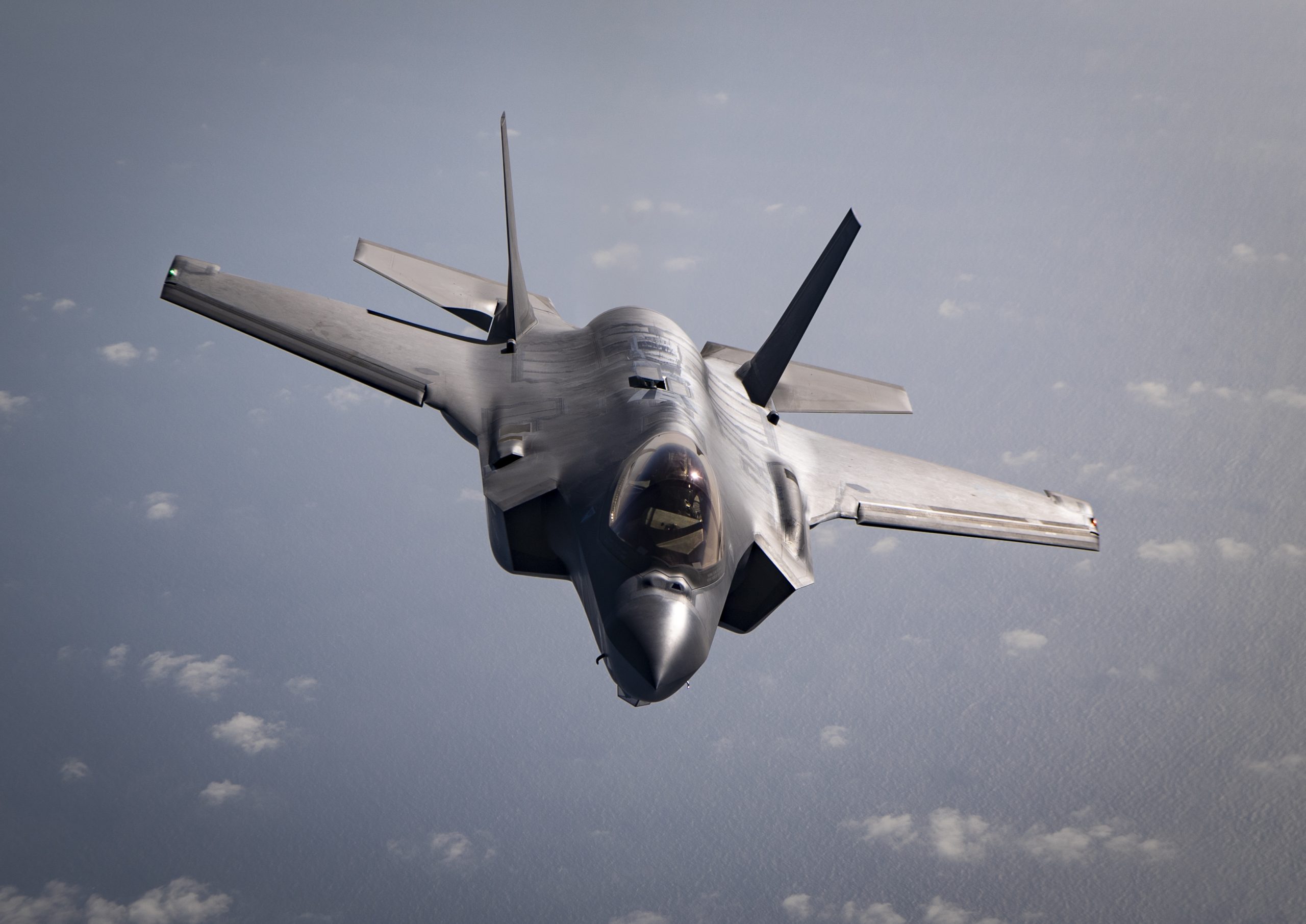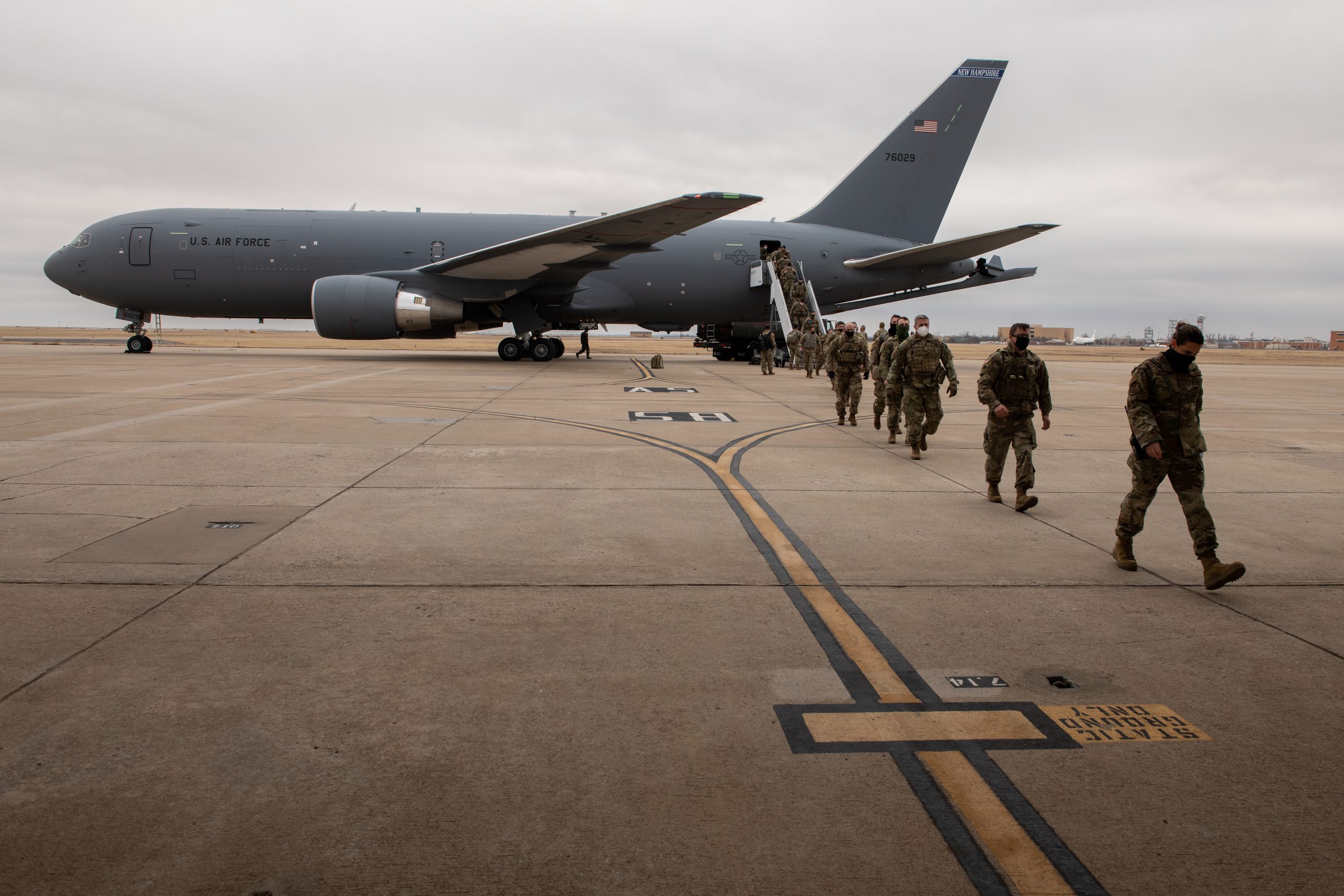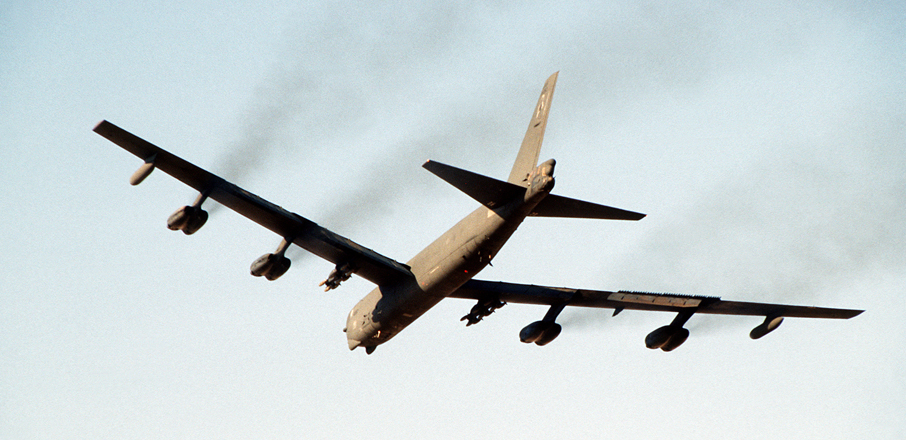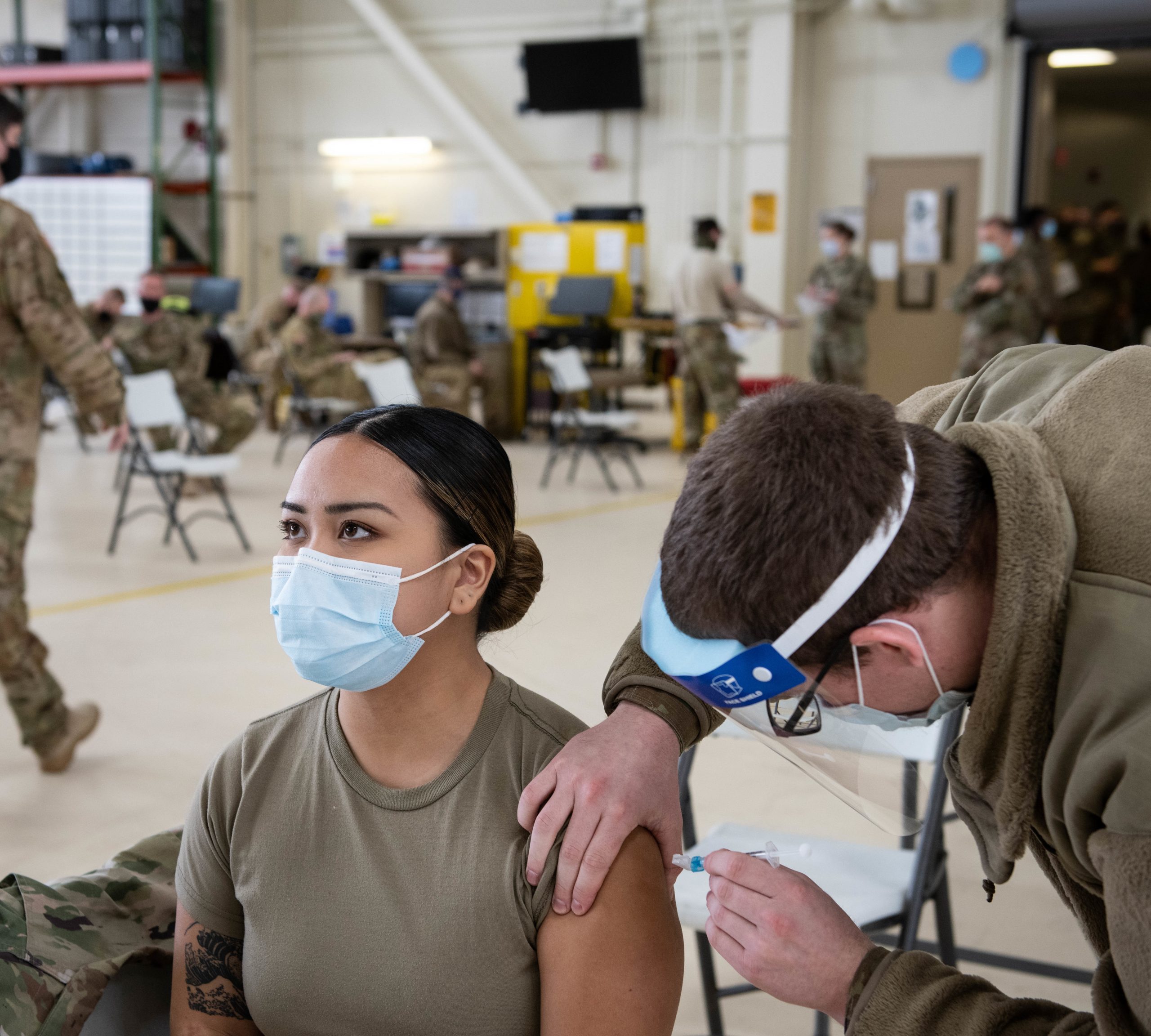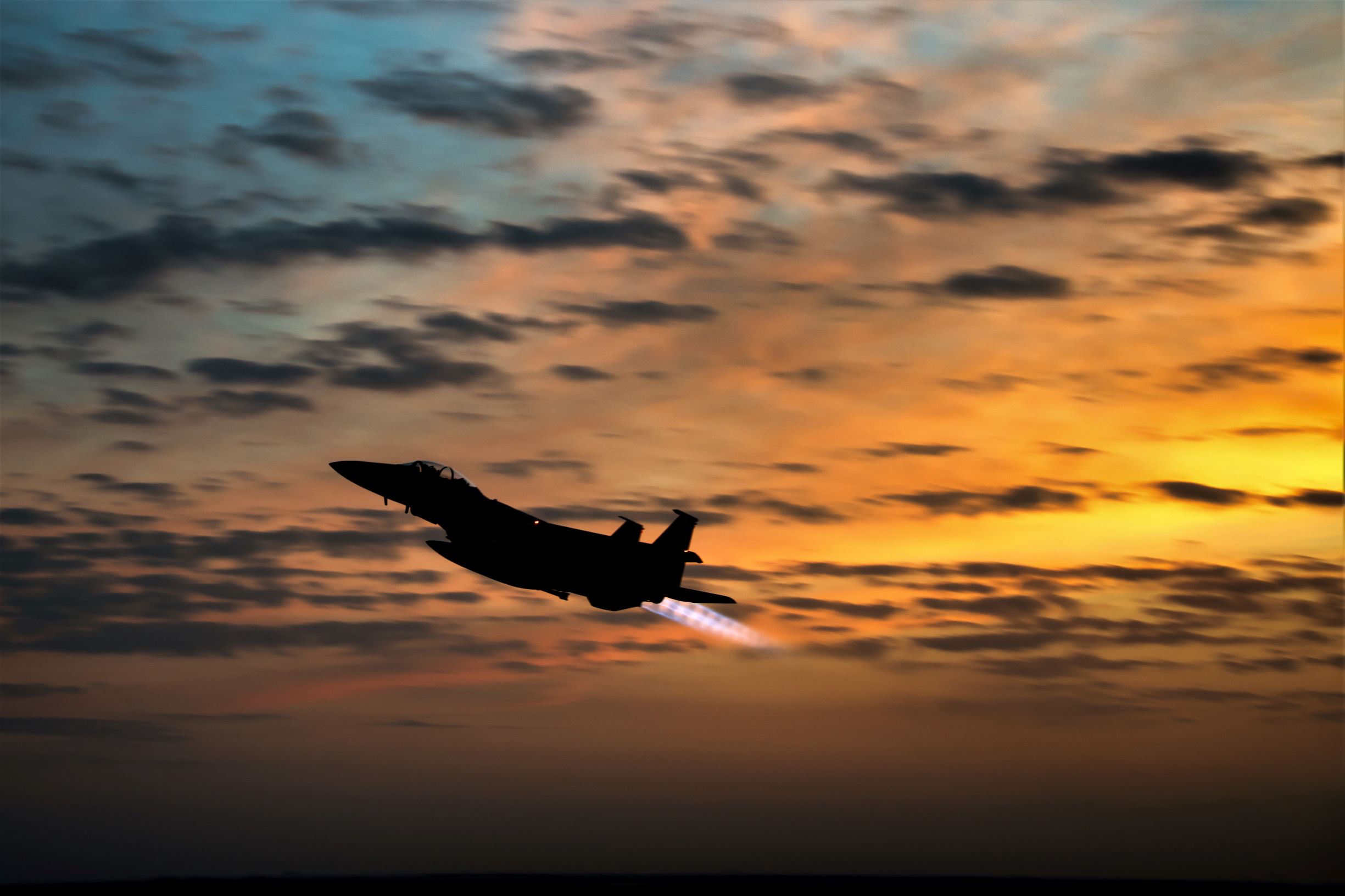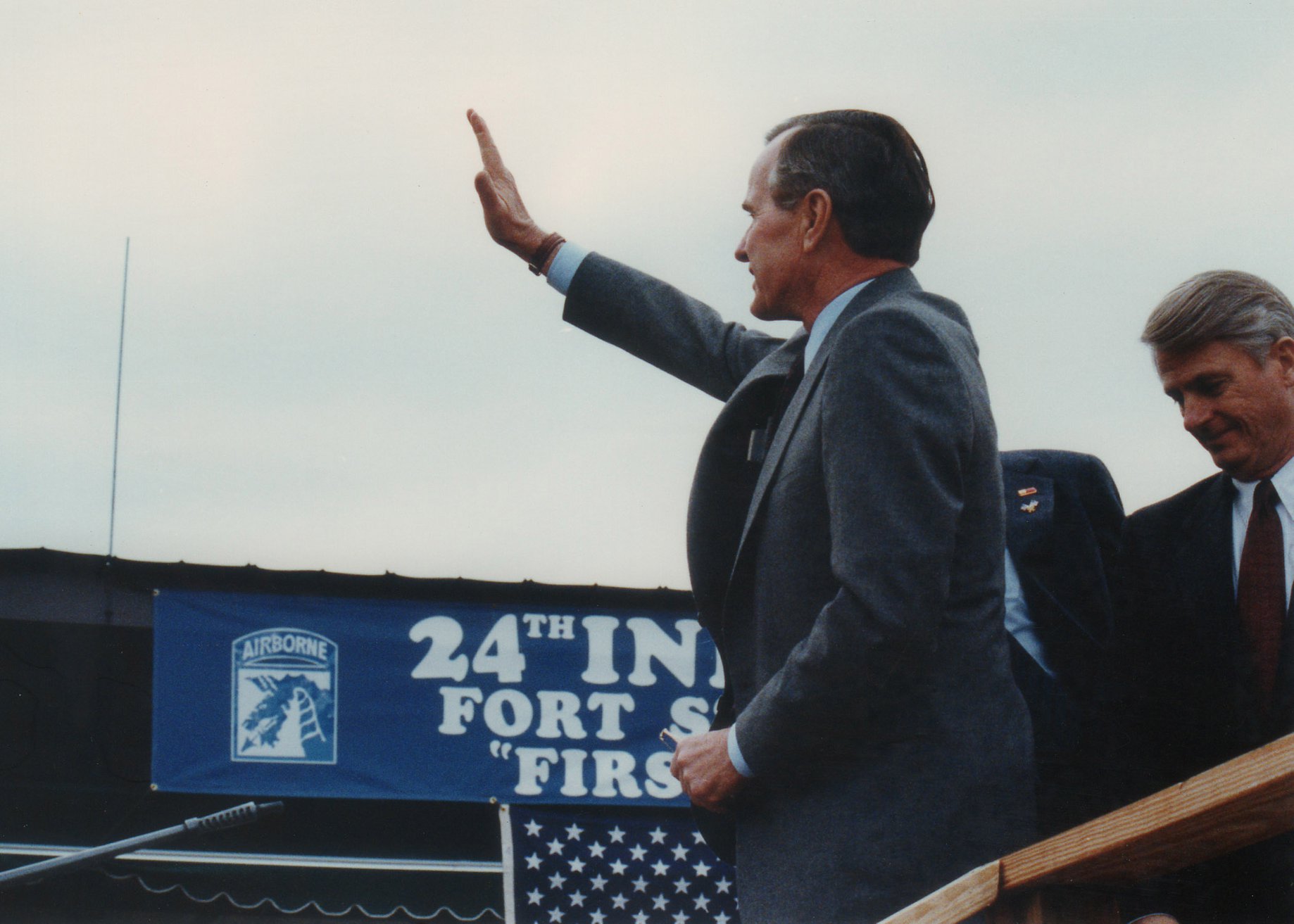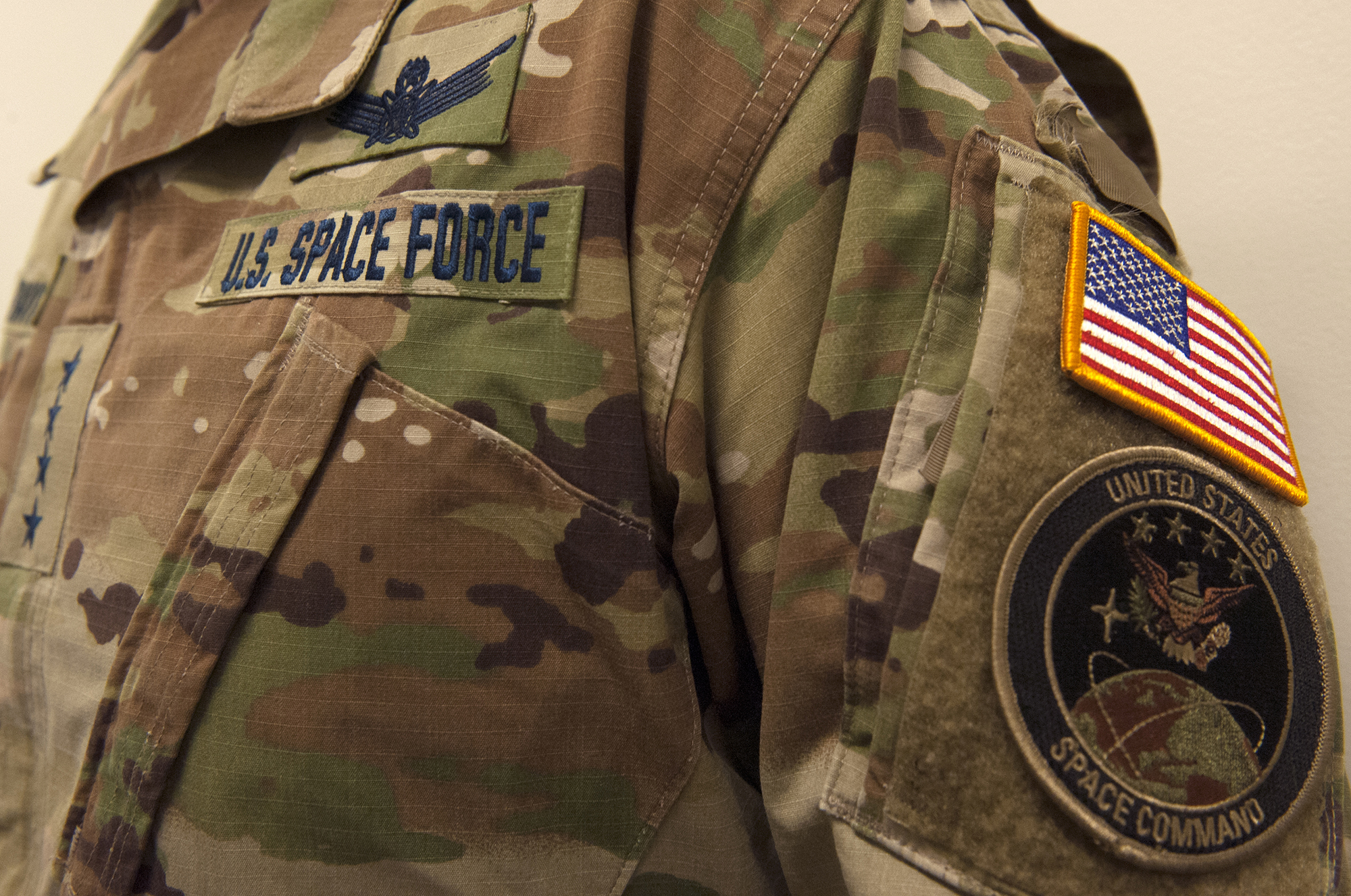Four B-52s from Barksdale Air Force Base, La., deployed to Andersen Air Force Base, Guam, in late January, as part of a Bomber Task Force deployment to Pacific Air Forces, where they will train with allied and partner forces.
“Deploying as a Bomber Task Force exercises our ability to produce agile combat power in any location we are needed,” said Lt. Col. Christopher Duff, 96th Bomb Squadron commander, in a PACAF release. “Our strategic bomber missions demonstrate our always-ready global strike capability. We remain ready to deploy to reach anywhere in the world at any time.”
The bombers arrived as Andersen prepared to host Cope North, a major trilateral exercise with Japanese and Australian forces. It marks the first Barksdale B-52 deployment to Guam since December 2018. In April 2020, the Air Force ended the “continuous bomber presence” deployment model at Andersen and shifted to smaller, shorter notice task force deployments of strategic bombers across the globe.
The shorter and smaller task force deployments have been frequent, while also letting bomber units become healthier with more time at home. The deployments also make the Air Force’s presence in the region less predictable, said Brig. Gen. Jeremy T. Sloane, commander of the 36th Wing at Andersen, during a Jan. 26 Air Force Association virtual event.
“The theory behind the BTF … is to try to regain bomber readiness with fewer continuous deployments, and to complicate the targeting problem by operating from home to deploying to an operating [location] within the theater using multiple platforms that can provide deterrence and multiple strategic messaging and combat options by applying pressure at times and in places of our choosing,” he said.
